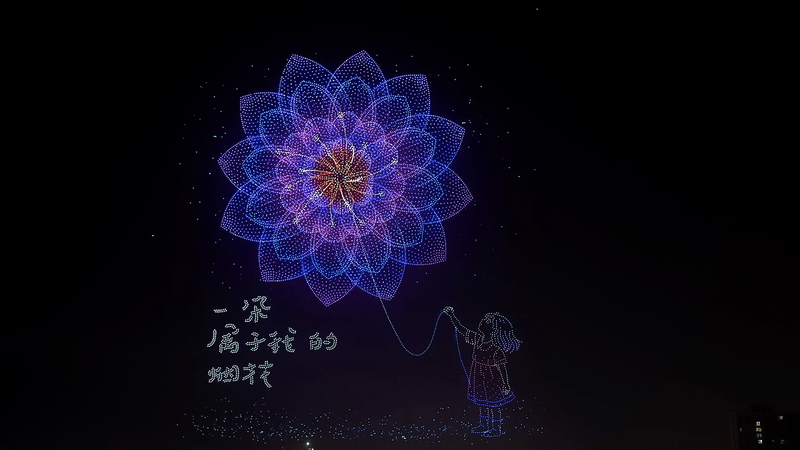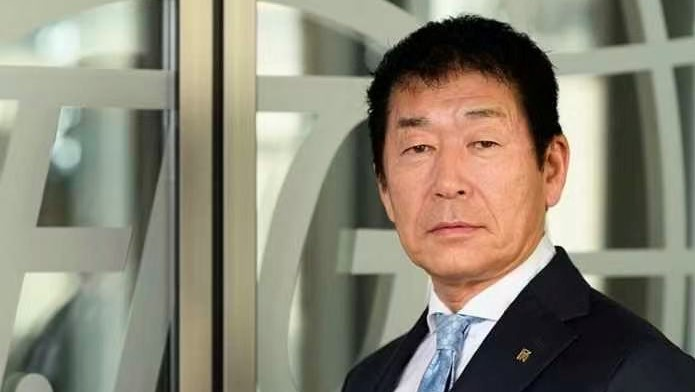Just when you thought Instagrammable self-ie spots were the biggest Louvre drama…🔐 Over the weekend, a gang of masked intruders used power tools to smash in and make off with crowns, sapphire necklaces and emerald-studded tiaras from the iconic French museum.
With 73,000 m² of galleries and 35,000 artworks, the Louvre is basically a city of art. So how did someone break into the Apollo Gallery—and trigger alarms—only to escape before security could lock them down?
Flashback to 1998: then–director Pierre Rosenberg warned about “fragile” security after a Corot painting vanished in daylight. Fast-forward to 2021, director Laurence des Cars called in the Paris police for a top-to-bottom audit. According to Culture Minister Rachida Dati, recommendations came “a few weeks, a few months ago,” and some are finally rolling out—though clearly not fast enough.
Inside tip: alarm sensors at the Apollo Gallery did trip, and five guards rushed in. But the thieves hit hard and left quicker. No injuries reported, luckily. Now, unions say staff cuts over the years left gaps in patrols, while the government pledges a full security review.
From Mumbai’s Prince of Wales Museum to Singapore’s Asian Civilisations Museum, mega-institutions are doubling down on AI-powered cameras, smart glass, and drone patrols. Can the Louvre keep up without turning off the lights on its culture-meets-open-house vibe? 🤖👀
One thing’s clear: protecting history needs more than glass cases. It takes people, tech, and a plan as epic as its exhibits.
Reference(s):
cgtn.com



